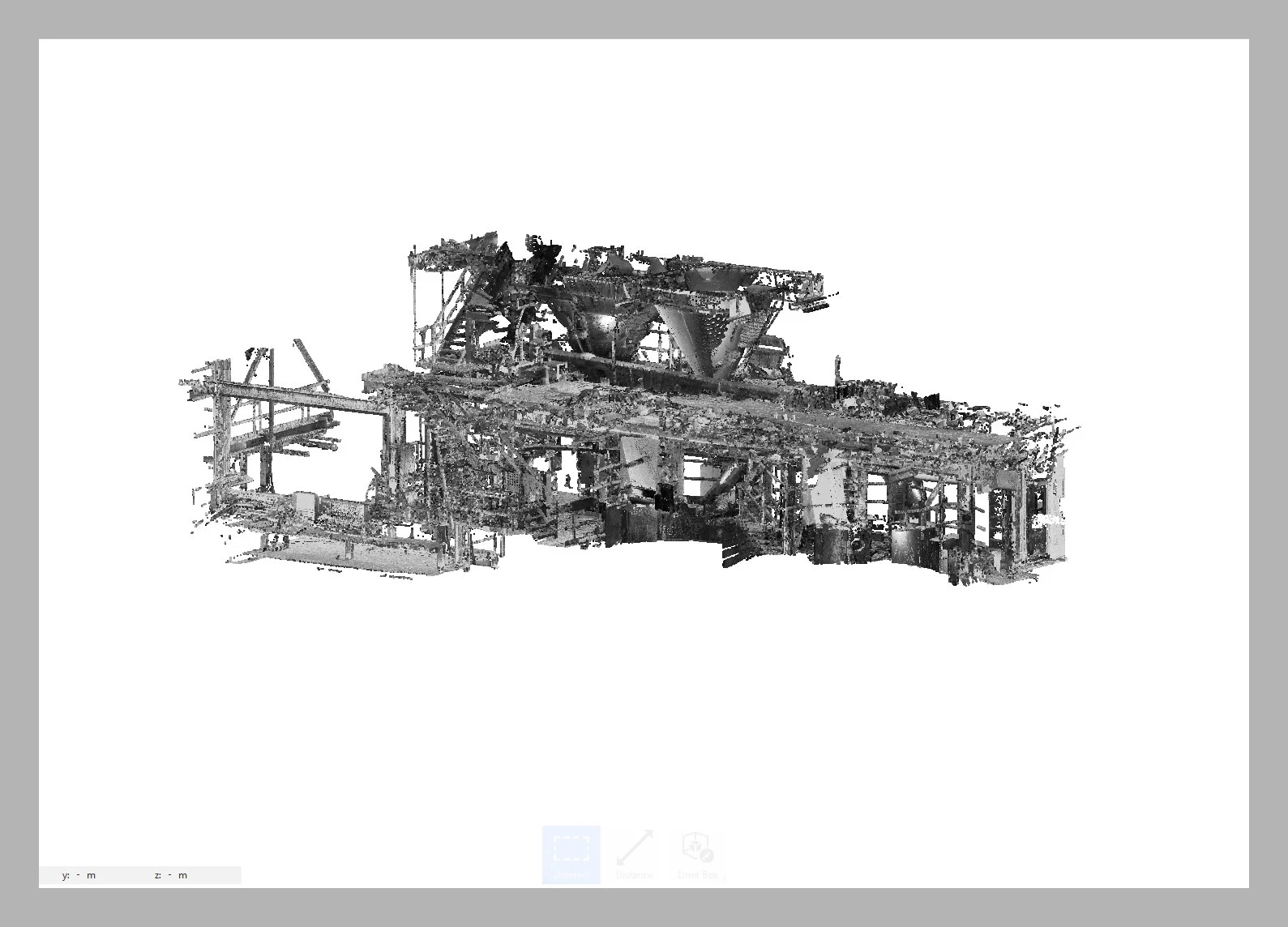
Essential Tools and Technologies for an Effective Scan to BIM Workflow
Proven Best Practices to Optimize Your Scan to BIM Workflow: Enhance Efficiency and Accuracy
Scan to BIM Optimizing your Scan to BIM workflow is crucial in leveraging the full potential of this technology. With the right practices, you can enhance efficiency, accuracy, and value in your architectural, engineering, and construction projects. One key strategy is to invest in high-quality scanning equipment that ensures precise data capture, reducing the likelihood of errors and rework. Additionally, training your team on the latest software advancements will empower them to utilize these tools effectively, leading to smoother integration between scanned data and BIM models.
Implementing a robust data management system is also essential. By organizing and categorizing your point cloud data meticulously, you can streamline access and enhance collaboration among project stakeholders. Adopting standardized procedures for processing and modeling can save time and minimize discrepancies throughout the project lifecycle. Lastly, regularly reviewing your workflow processes will allow you to identify areas for improvement and adapt swiftly to new industry developments. By committing to continuous enhancement of your Scan to BIM processes, you position yourself at the forefront of innovation in the AEC sector.
Using advanced 3D laser scanning technology, the revolutionary Scan to BIM workflow captures the complex details and geometries of existing buildings. This process creates Building Information Models (BIMs), digital models of building spaces, from raw point cloud data. These digital models are not only accurate representations of the physical structures but also serve as invaluable tools for architects, engineers, and construction professionals. By implementing Scan to BIM, you can significantly reduce time spent on manual measurements and minimize costly errors in design and construction phases.
These models facilitate better collaboration among project stakeholders by providing a single source of truth that everyone can reference. This streamlined communication leads to more efficient decision-making processes and ultimately results in projects being completed on time and within budget. Embracing Scan to BIM technology is an investment in precision, efficiency, and innovation—essential elements for staying ahead in today’s competitive construction industry landscape.
Beyond documentation, Scan to BIM services are important because they enhance visualization, enable better decisions, and allow for efficient project management at every stage of a building’s lifecycle. Architects, engineers, and construction professionals can plan renovations, restorations, or new constructions with more confidence when real-world data is integrated into the BIM environment.
This integration helps them better understand the complexities of existing conditions and make informed decisions that minimize risks and unforeseen challenges. By providing highly accurate, 3D models derived from real-world conditions, Scan to BIM services allow for precise measurements and detailed analysis of a structure’s features. This level of detail not only aids in identifying potential issues early on but also streamlines collaboration among stakeholders by offering a shared visual framework.
The efficiency gained through this technology translates into cost savings and time optimization. With accurate data at their fingertips, teams can avoid costly mistakes that typically arise from reliance on outdated or imprecise information. As project timelines become more predictable and budgets more controllable, businesses can allocate resources more effectively and deliver projects with greater reliability. In conclusion, integrating Scan to BIM services is not just an enhancement; it is becoming an essential part of modern architectural and construction practices. By embracing this technology, professionals are better equipped to meet the demands of today’s complex building environments while achieving superior outcomes in both renovation projects and new builds alike.
Here are six proven best practices to optimize your Scan to BIM workflow:
Pre-Scan Planning:
Effective planning cannot be overstated. Before conducting a 3D laser scan, it’s essential to define the scope of work clearly. Determine what details are necessary to capture based on the project‘s needs, and decide on the level of accuracy required. Planning should also include identifying the critical areas where high-detail scans are essential and any specific challenges that might affect the scanning process.
Standardize the Process:
Develop and implement standardized procedures for scanning and data processing. This includes setting guidelines for scan density, naming conventions, file storage, and data handling. A standardized approach not only ensures consistency across different teams and projects but also streamlines training and troubleshooting.
Utilize High-Quality Equipment:
The quality of your scanning equipment significantly impacts the accuracy and efficiency of your Scan to BIM process. Invest in high-resolution scanners that can capture detailed geometries and textures. Additionally, ensure that your software can effectively handle and process large datasets and is compatible with other tools used in your BIM environment.
Regularly Update and Maintain Equipment:
To ensure reliability and accuracy, regularly calibrate and maintain your scanning equipment. Keep software updated to take advantage of the latest improvements and features. This maintenance is crucial for preventing data errors and equipment malfunctions that can cause delays and increase project costs.
Integrate with BIM Software Seamlessly:
Ensure that the workflow between scanning and BIM software is as seamless as possible. This involves choosing software that allows for easy import and manipulation of point cloud data. Look for features that simplify the conversion of scan data into usable BIM models, such as automated point cloud classification and feature extraction.
Training and Continuous Learning:
As Scan to BIM technology evolves, continuous learning and training are essential. Ensure that your team is up-to-date with the latest scanning technologies, BIM software updates, and industry best practices. Consider regular training sessions and workshops to enhance skills and improve workflow efficiency.
By implementing these best practices, you can maximize the effectiveness of your Scan to BIM workflow. This not only leads to better project outcomes—more accurate models, improved decision-making, and enhanced project management—but also positions your team as industry leaders in the use of advanced technology in building and construction management. Embrace these practices to transform challenges into opportunities for innovation and excellence in your projects.
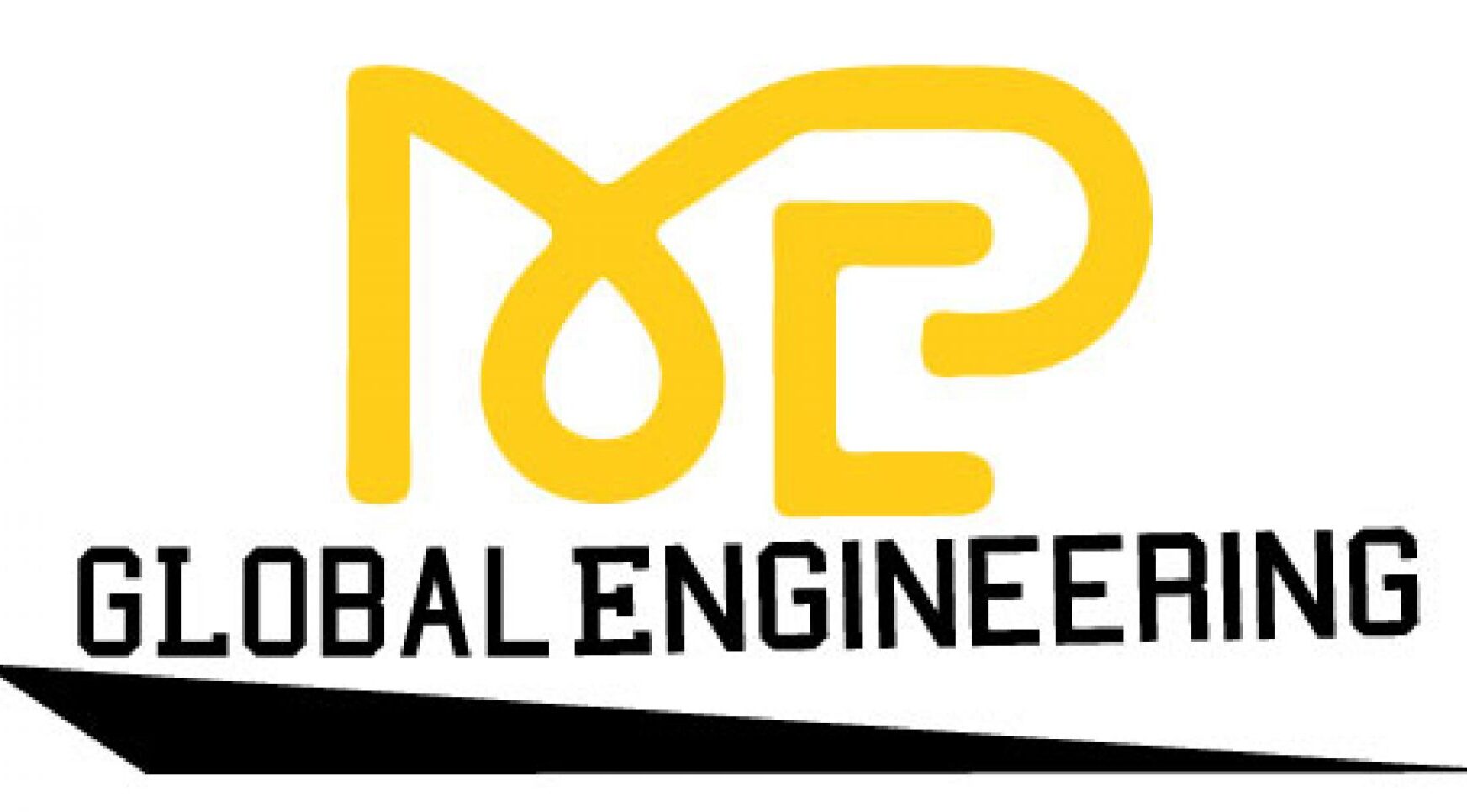
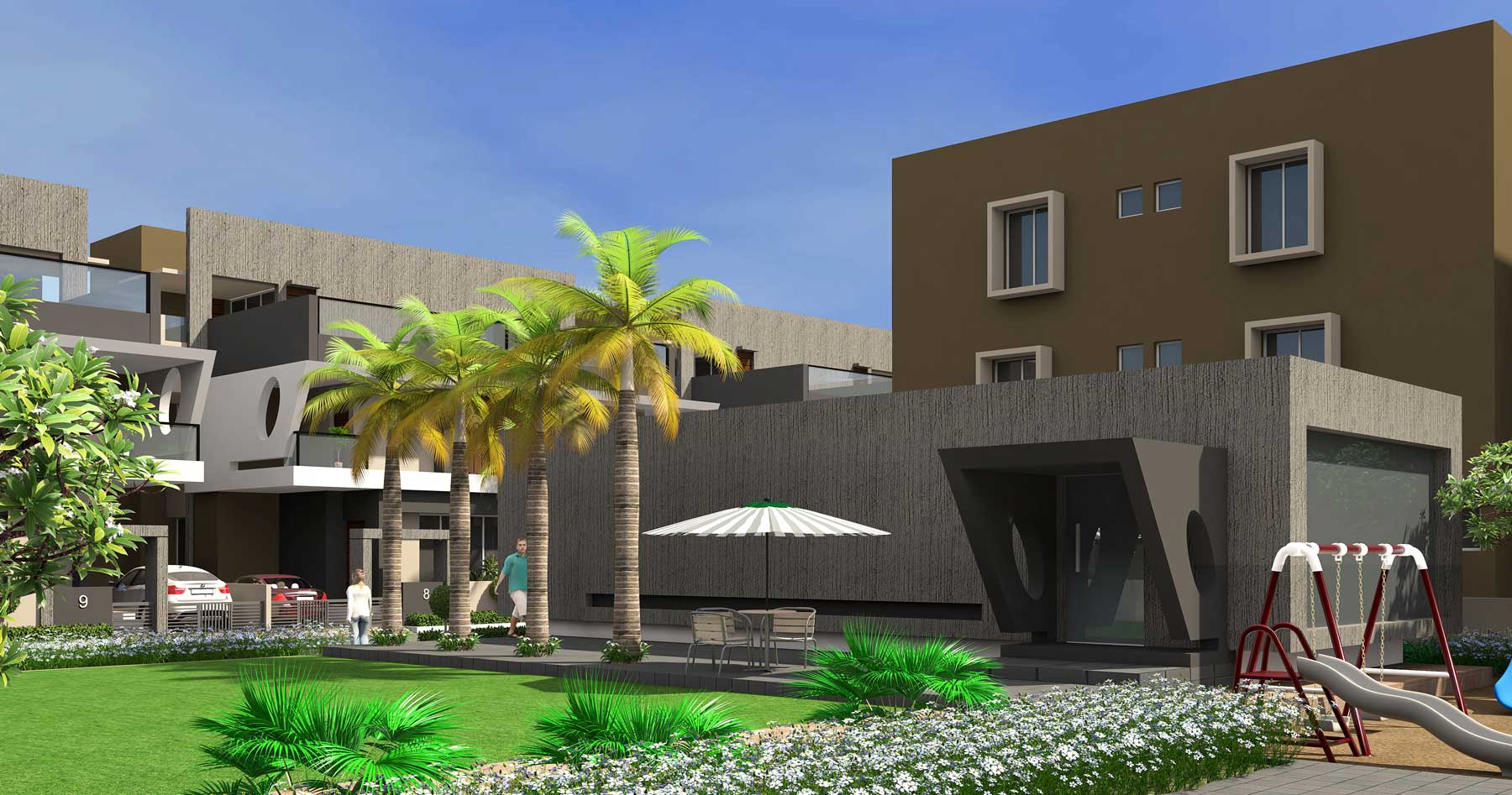
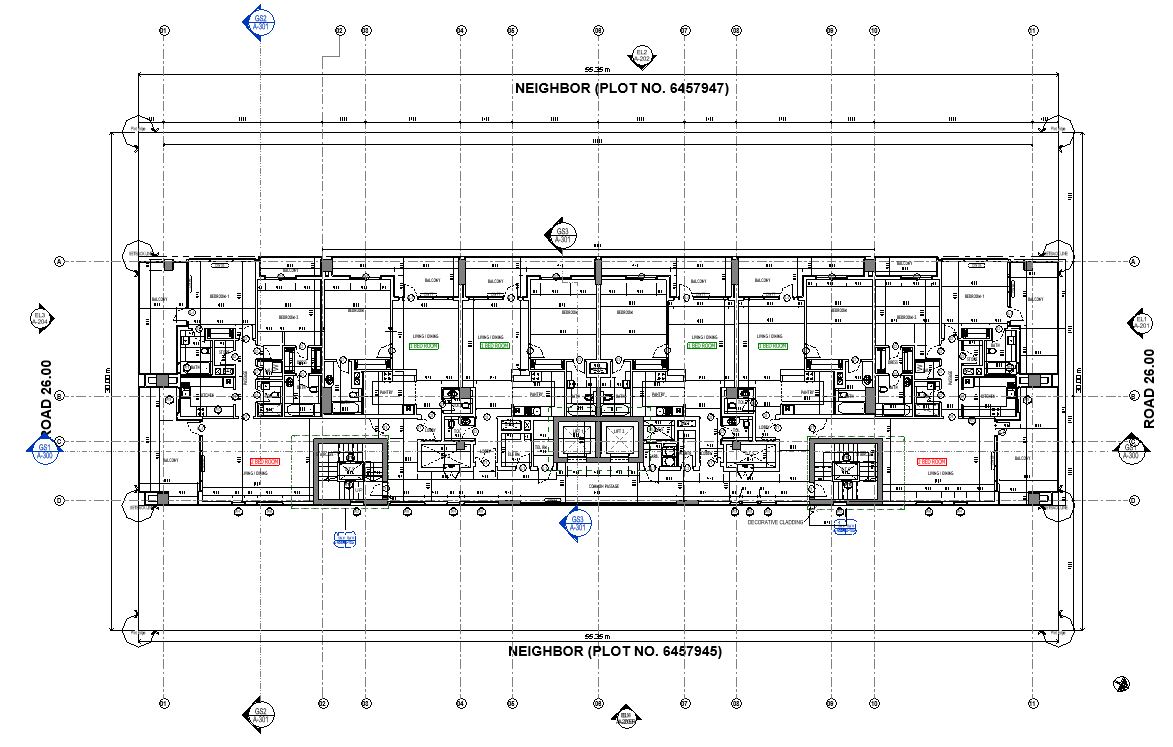
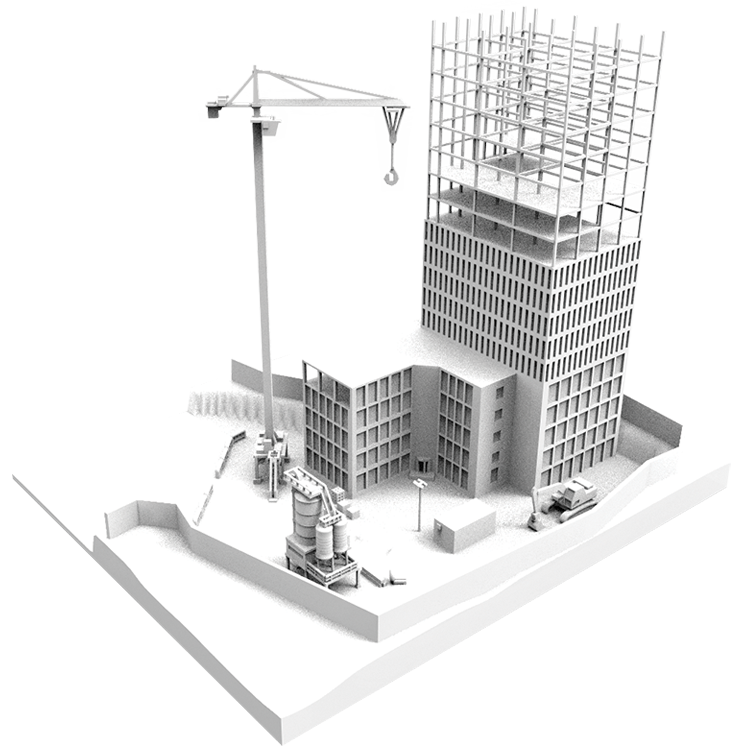
The Basics of a BIM Execution Plan (BEP) - MEP Global
[…] quality outcomes but also positions an organization as an innovator in the field. Embracing this technology is no longer optional but essential for staying ahead in today’s digital landscape. By implementing an effective BEP, companies […]